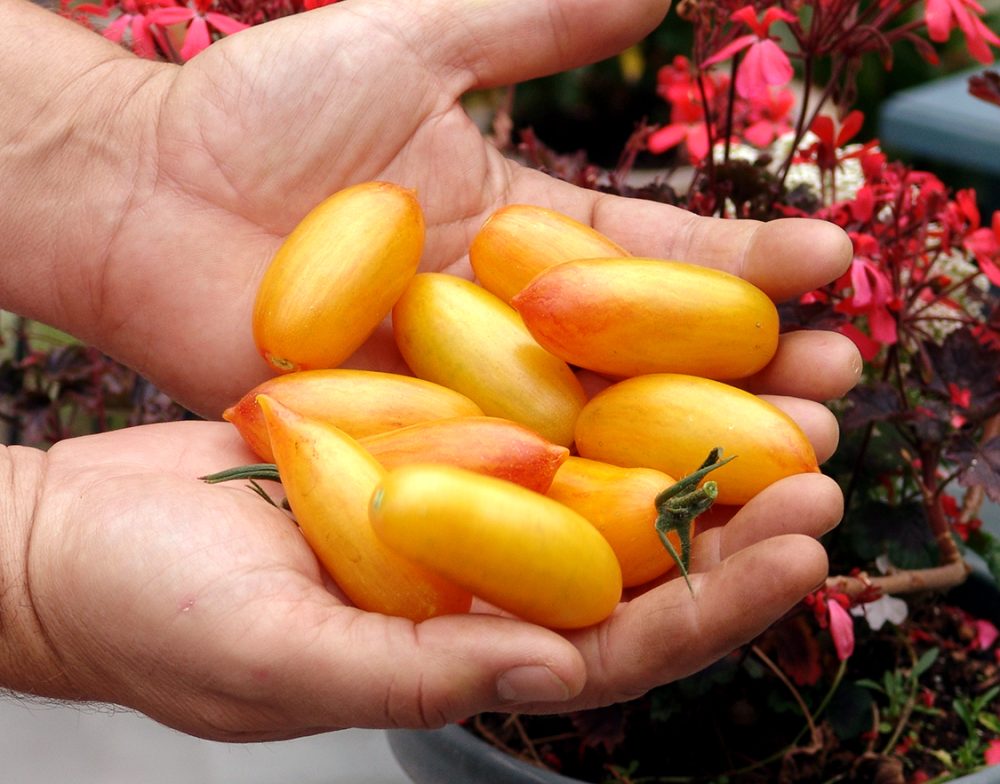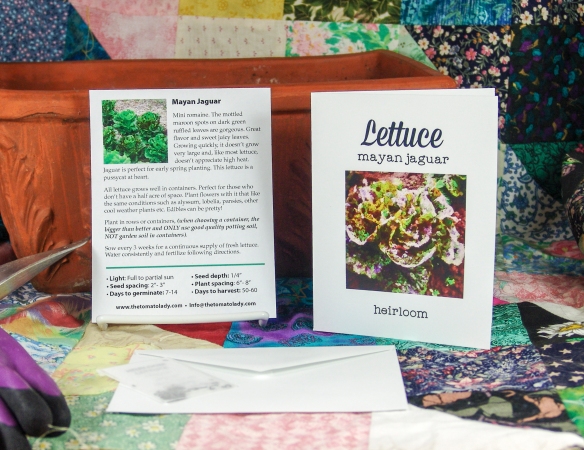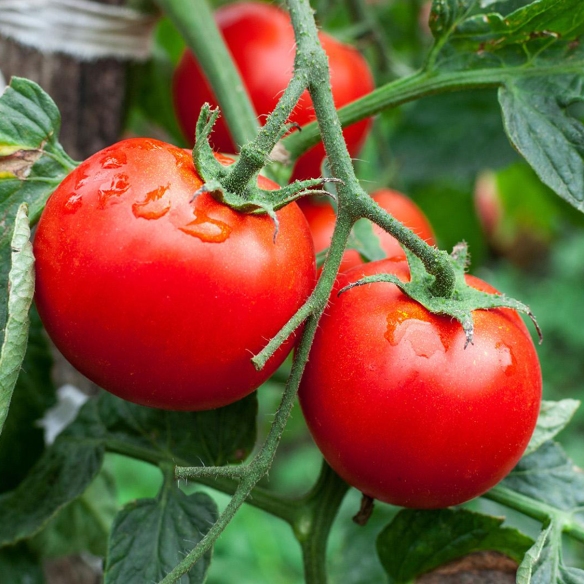I think out of all the things that I know, this is my favorite subject to talk about. It is my heart for everyone who wants a garden, to be able have a garden, no matter how small. Something therapeutic about growing your own food and flowers.
Whether life’s circumstances have forced you to move someplace where you don’t have room for a massive garden like you had back on the farm or you’re getting up in years and can no longer take care of one, you can still have a “pot of posies”. Preferably with a vegetable sharing the real estate.
Containers are great. They can be moved around if you don’t have enough sun (put them on rollers), you don’t have to weed much, if you move, you take them with you, your food is closer to your back door, and the list goes on. Another nice thing about container gardens is you can brighten up your sitting area.
You can grow herbs, vegetables, and flowers in them. Patios, balconies, porches, anywhere you are getting some sun, although there are flowers that do like shade. I grow lettuce in pots and while they can’t take deep shade (think maple tree) they will take dappled shade and some sun in the morning.
“Rules”
There are some definite “rules” that I tell all my customers:
- The BIGGER the pot the better (more soil volume, less drying out, less watering. less leaching of fertilizer)
- Always make sure there is DRAINAGE in the bottom (if your plant is wilting despite consistent watering, it is probably growing and you forgot to put in drainage of some sort)
- NEVER use garden soil in them, ALWAYS use a quality potting mix. (garden soil is not your friend in a pot, it is heavy and creates an environment where beasties can flourish)
- WATER consistently and frequently, on hot days it will probably be every day (see first “rule”)
- FERTILIZE frequently, depending on the plant, half or quarter strength once or twice a week. Read the labels. (It is harder to fertilize organically, and Miracle Gro has never been known to grow a third eye. Just saying)
- Provide ADEQUATE SUN or SHADE. Know your plant and only plant those that like the same conditions in the same pot. Cool or hot temps, sun or shade, dry or wet.(impatiens and pansies are bad companions, as are fuchsias and petunias)
Containers
The sky is the limit when it comes to what kind of container to use. We cruise garage and estate sales for pretty and inexpensive pots. Having a limited budget, I can’t afford to buy those $150 containers that I drool over at the garden centers, so I try to find them gently used at a more reasonable price.




Old cooking pots make great containers; soup pots, stock pots, teapots, coffee pots and old blue-spotted canners, I like to use colanders to plant my lettuce bowl (perfect drainage). Broken pots can be used in the garden. Old black plastic tubs that used to hold trees and large shrubs can be had from landscape businesses, old wheelbarrows, really old washing machines, tubs, horse troughs, wooden barrels, large heavy-duty plastic planting containers, metal gutters, watering cans, metal pitchers, you get the gist of it.


Just be sure to put holes in the bottom. Make sure that you choose a large one if it is going to be in the sun all day. I have a bit more freedom to use smaller and cuter pots (such as the turtle, snail and “flower bed” pictured below} for shade plants because that won’t dry out so fast.



My next post will be about what to grow in these pots. Did you know that I actually grew carrots in pots last year? Stay tuned for that.











 My cards are called Seed Greetings – Why Send Just a Card When You Can Send a Garden
My cards are called Seed Greetings – Why Send Just a Card When You Can Send a Garden






